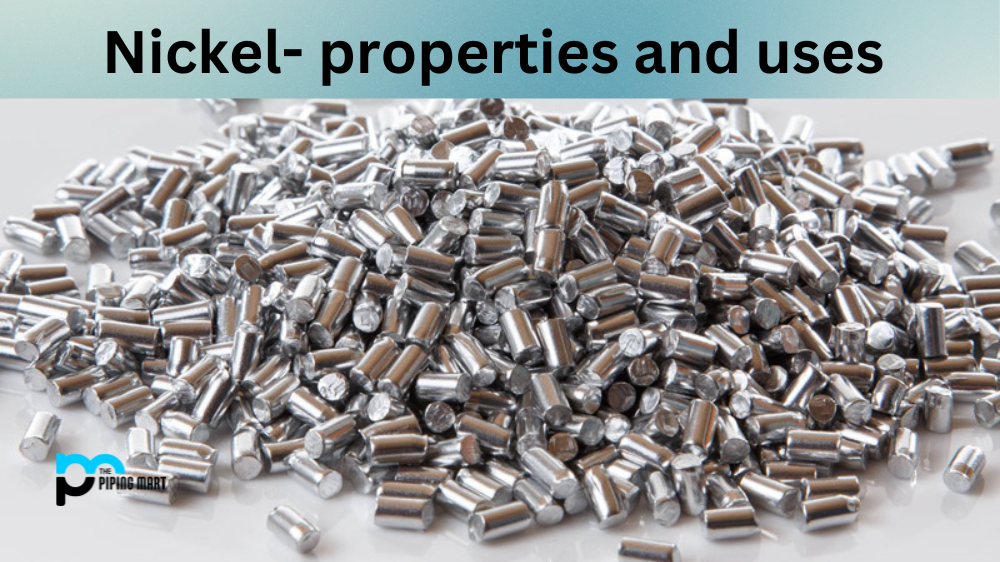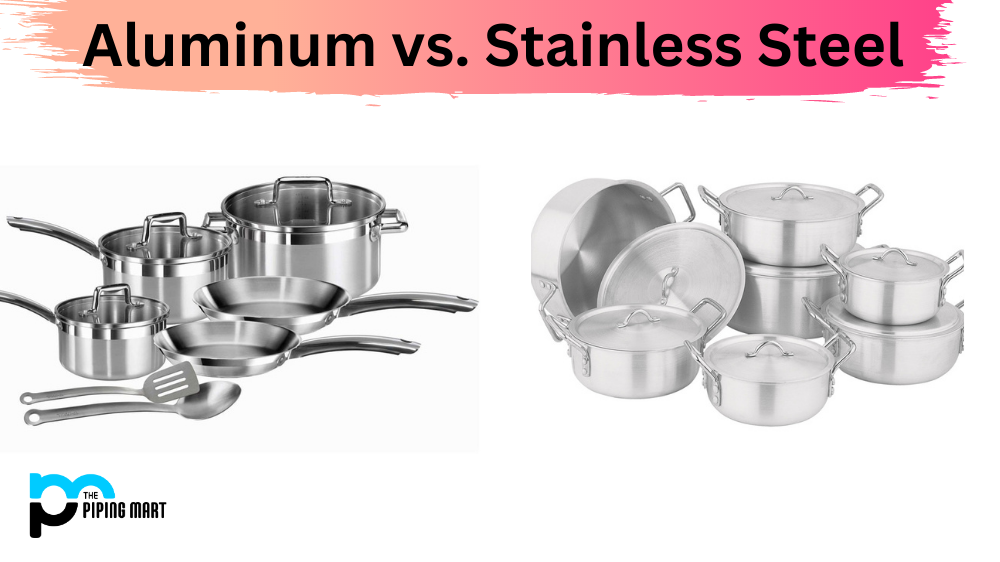Carbon fiber is a material that is used in many engineering and construction projects. It is incredibly strong, lightweight, and durable. However, it can be difficult to work with because it does not respond well to heat. To join two pieces of carbon fiber together, you must use a specialized welding technique known as carbon fiber welding. Here’s an overview of the process.
Basics of Carbon Fiber Welding
Carbon fiber welding uses a specialized welding machine that uses ultrasonic waves instead of heat to melt the plastic parts. This method ensures that the plastic will not become damaged by excessive heat, which can make it brittle or distort its shape. The metal parts are also held in place with clamps during the welding process so that they do not shift position while the ultrasonic waves are being applied. This helps ensure that the metal parts remain securely attached after completing the welding process.
Advantages of Carbon Fiber Welding
There are several advantages to using carbon fiber welding compared to traditional heat-based methods. Since no heat is used during the process, there is no risk of damaging the delicate components as there would be with traditional methods. Additionally, since this method does not rely on heat for melting, it can be used on materials such as plastics and composites that would otherwise be too delicate for traditional welding techniques. Finally, since no extra tools or supplies are required for this type of welding (just an ultrasonic welder), it can save time and money over traditional methods while still delivering quality results.
Conclusion:
Carbon fiber welding is an excellent method for joining two pieces of carbon fiber together without damaging them. Its main advantage over traditional methods is that it uses ultrasonic waves instead of heat to melt the plastic parts together; this ensures that delicate components remain undamaged during the process and prevents distortion or brittleness due to overheating. Additionally, since no extra tools or supplies are required for this type of welding (just an ultrasonic welder), it can save time and money over traditional methods while still delivering quality results. If you’re looking for a reliable way to weld carbon fiber components together quickly and efficiently, look no further than carbon fiber welding!
Meet Heer, a dynamic and driven writer learning tricks of her trade in the metal industry. With a background in Digital Marketing, Heer brings a unique perspective to her writing, sharing valuable insights. Apart from blogging she like reading and hiking.




